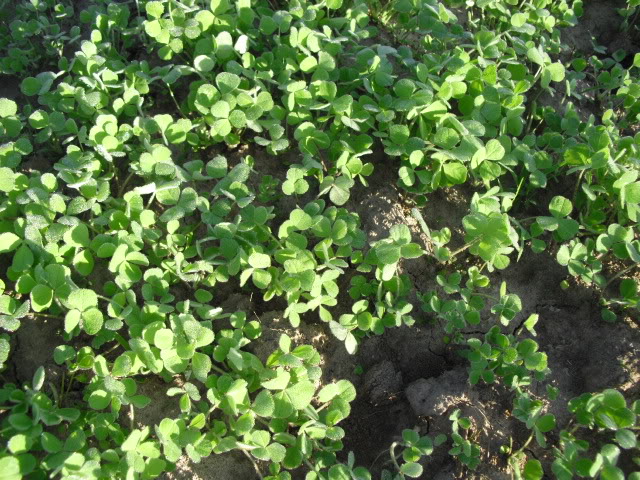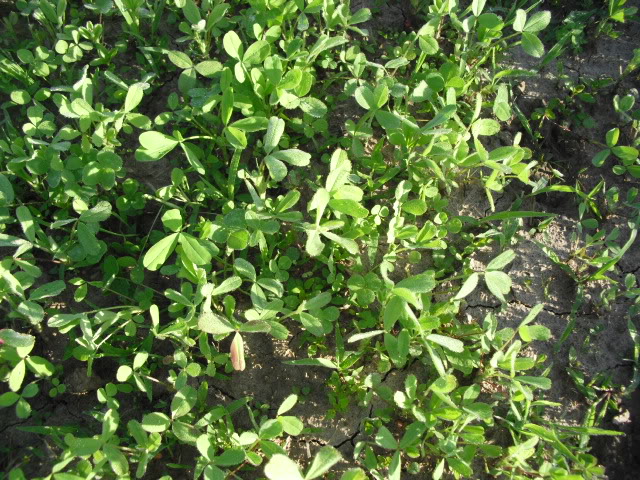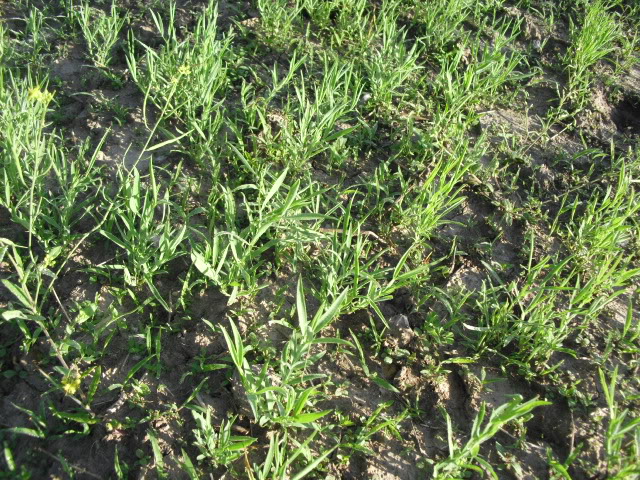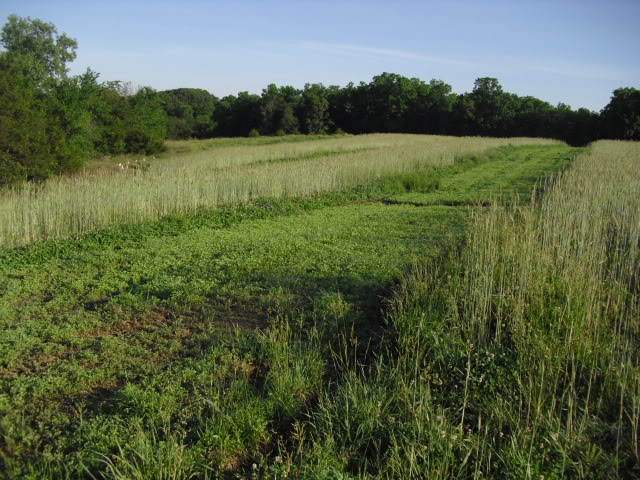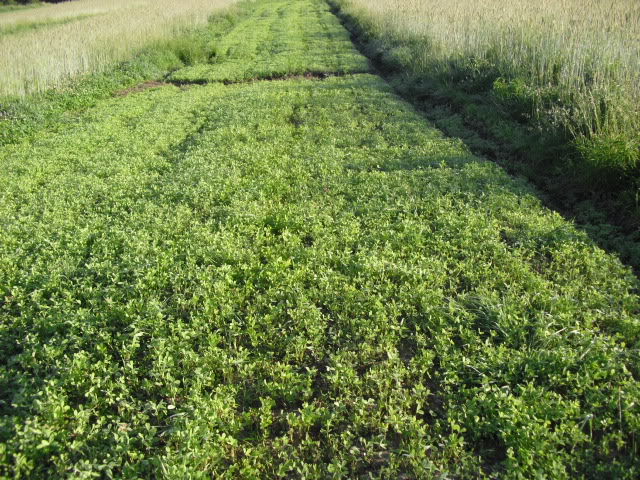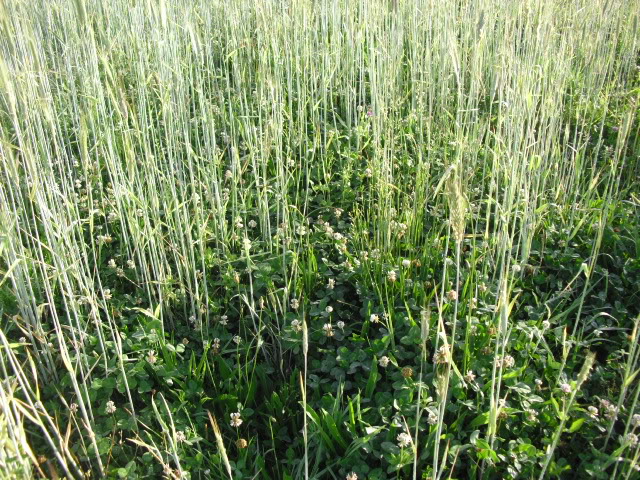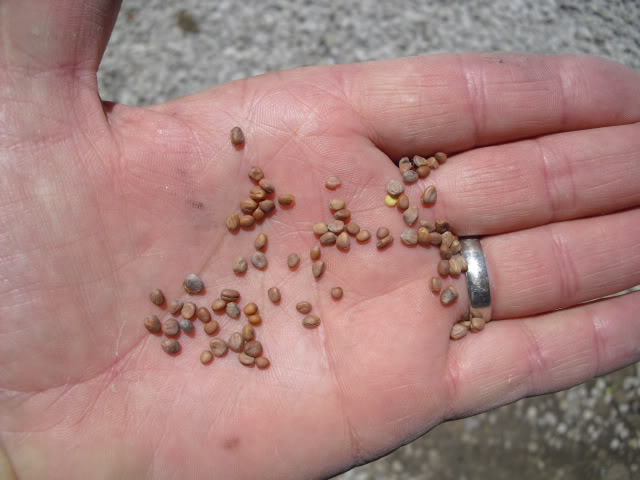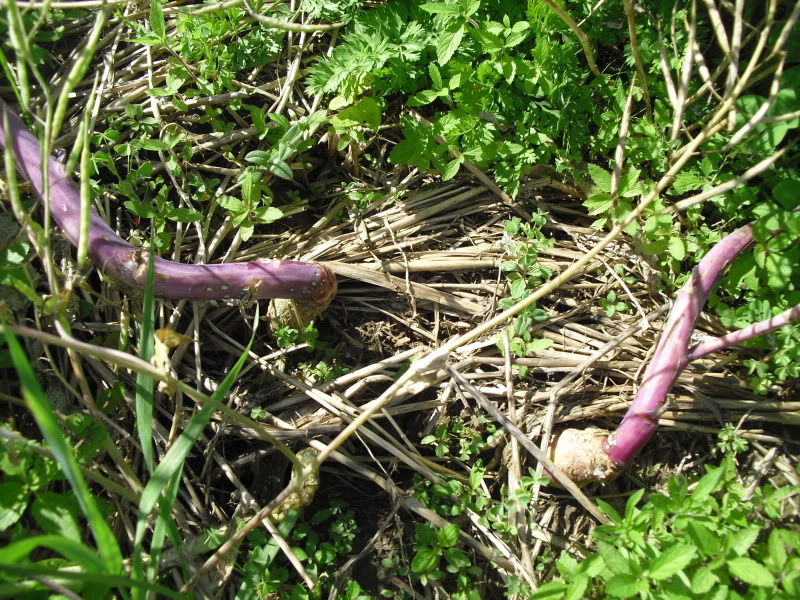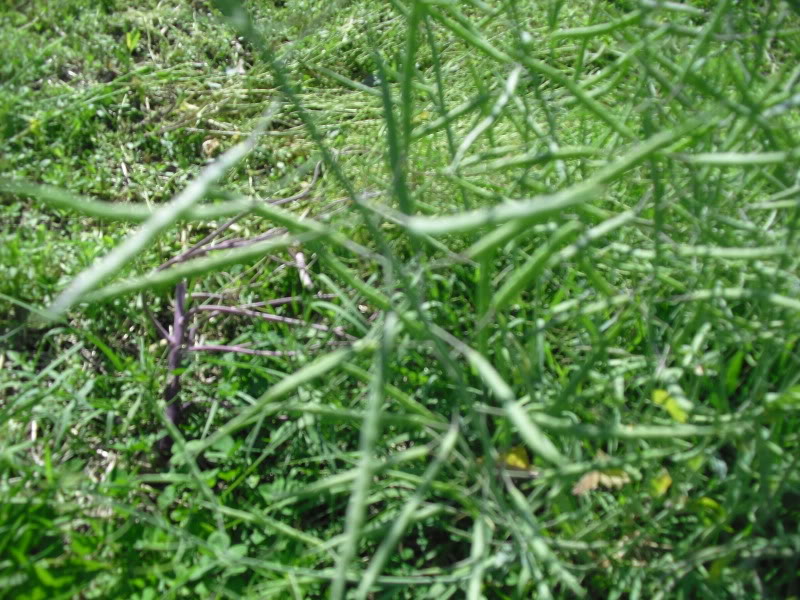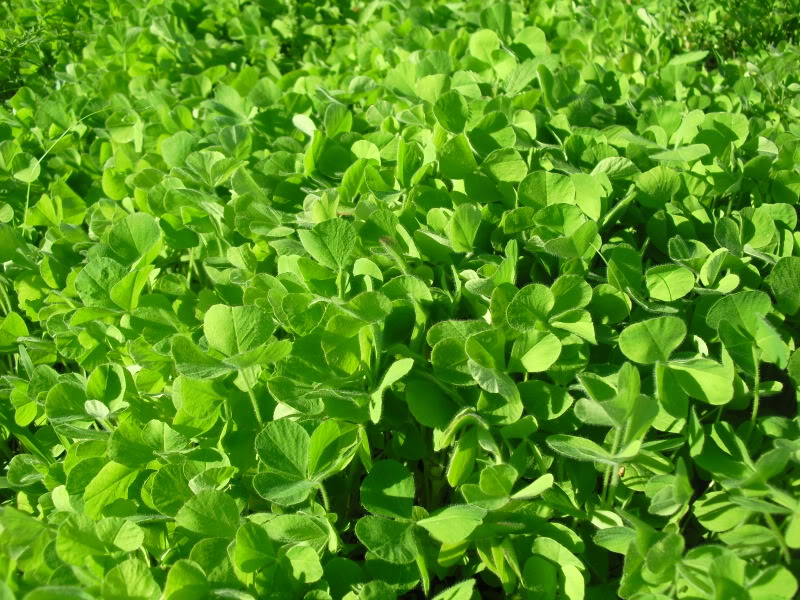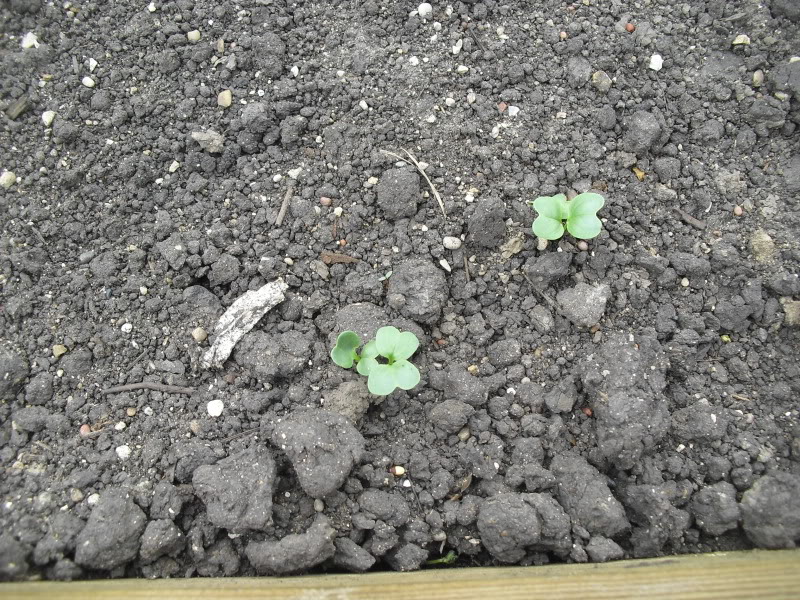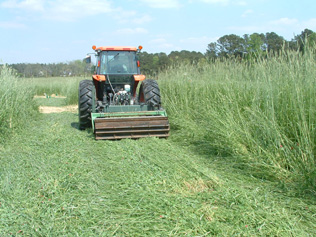dbltree
Super Moderator
I haven't had much success frost seeding clover into dead brassicas so this year I took 4 spent brassica strip plots and decided to conduct a test of sorts. I frost seeded one strip and tilled the other three planting one to berseem, one to crimson and one to chickling vetch...all of which will be used as cover crops and tilled under for a fall winter rye/pea/clover planting.
So far the one I frost seeded and left untilled has turned into somewhat of a mess as surviving brassicas began to re-grow and go to seed this spring.
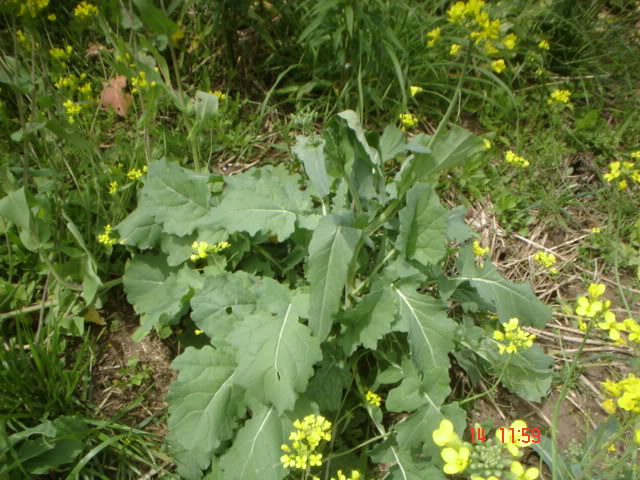
I can clip the plot to keep the plants from going to seed
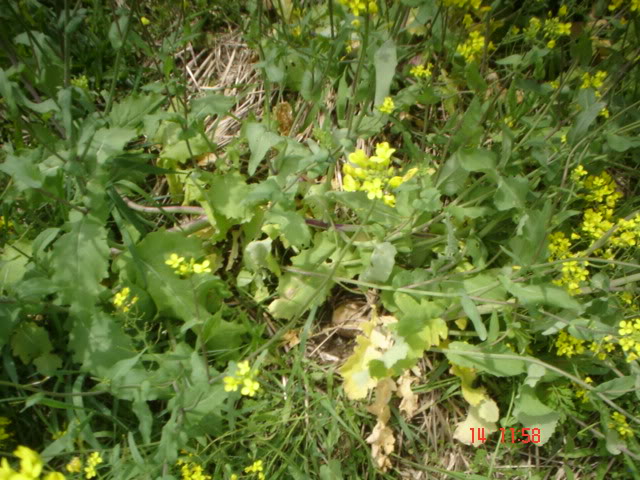
but I just don't see a lot of red clover growing, largely I suspect because of the strong allelopathic affects from the remaining brassica plants
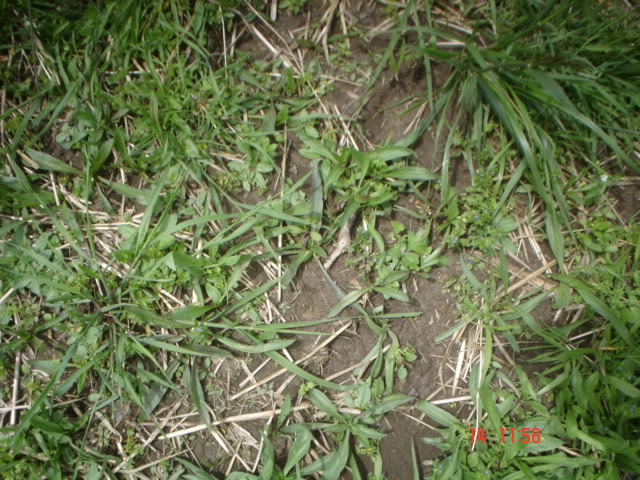
In places there are some clover plants but hardly the kind of thick cover crop one would expect.
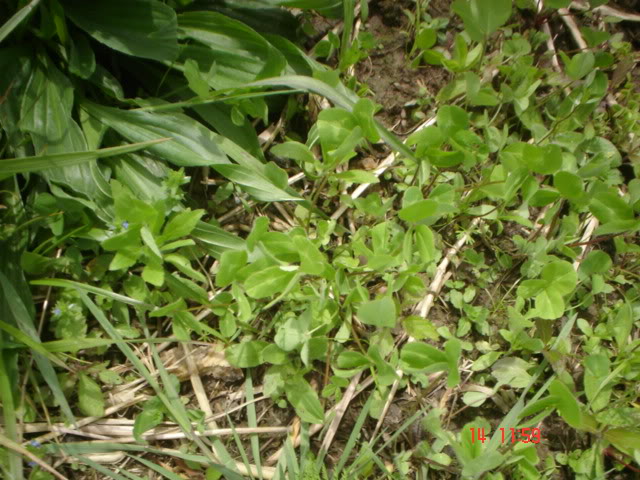
On the other hand the strips that I plowed under, tilled and planted to annual clovers or vetch are doing fine
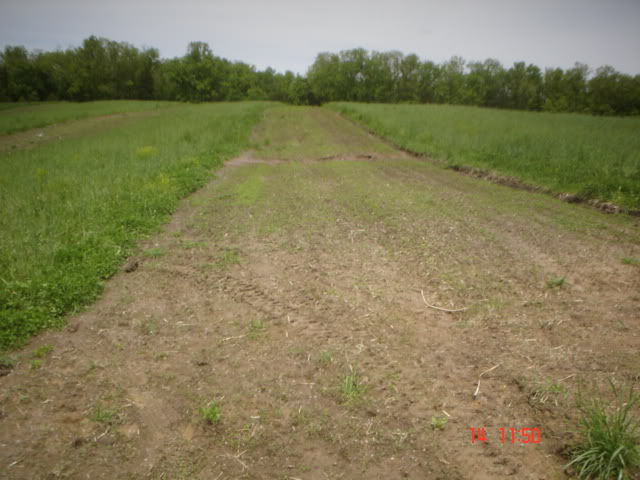
Berseem clover
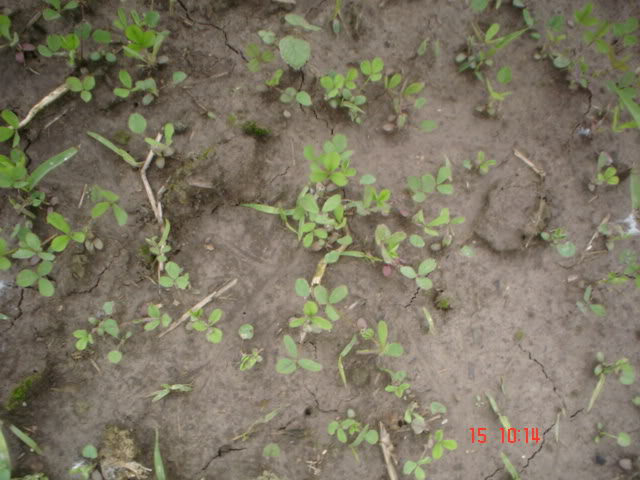
Crimson Clover
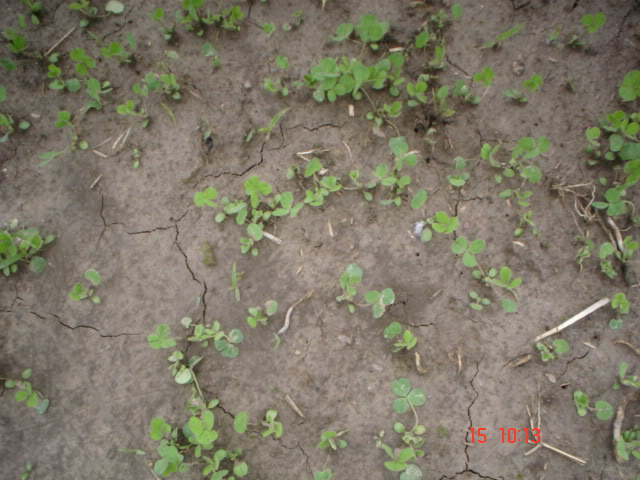
and Chickling Vetch
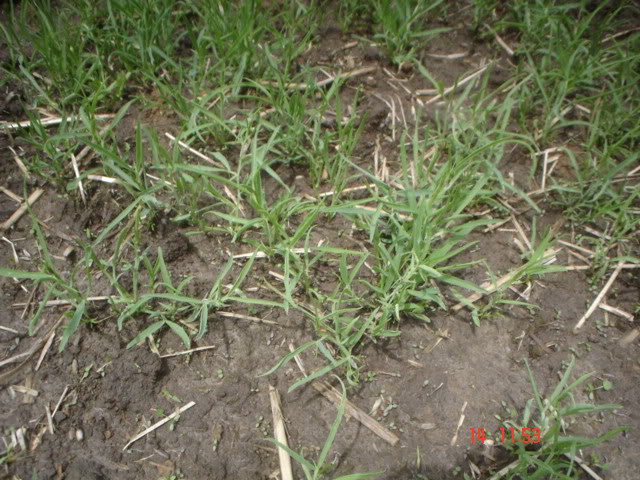
Frost seeding clovers into dead brassica plots that are completely bare may work well but after trying it several times now I'm not real happy with the results versus tilling it under and planting.
I still have time to plant chickling vetch in the frost seeded plot so I'll probably do just that when I have time...
So far the one I frost seeded and left untilled has turned into somewhat of a mess as surviving brassicas began to re-grow and go to seed this spring.

I can clip the plot to keep the plants from going to seed

but I just don't see a lot of red clover growing, largely I suspect because of the strong allelopathic affects from the remaining brassica plants

In places there are some clover plants but hardly the kind of thick cover crop one would expect.

On the other hand the strips that I plowed under, tilled and planted to annual clovers or vetch are doing fine

Berseem clover

Crimson Clover

and Chickling Vetch

Frost seeding clovers into dead brassica plots that are completely bare may work well but after trying it several times now I'm not real happy with the results versus tilling it under and planting.
I still have time to plant chickling vetch in the frost seeded plot so I'll probably do just that when I have time...


